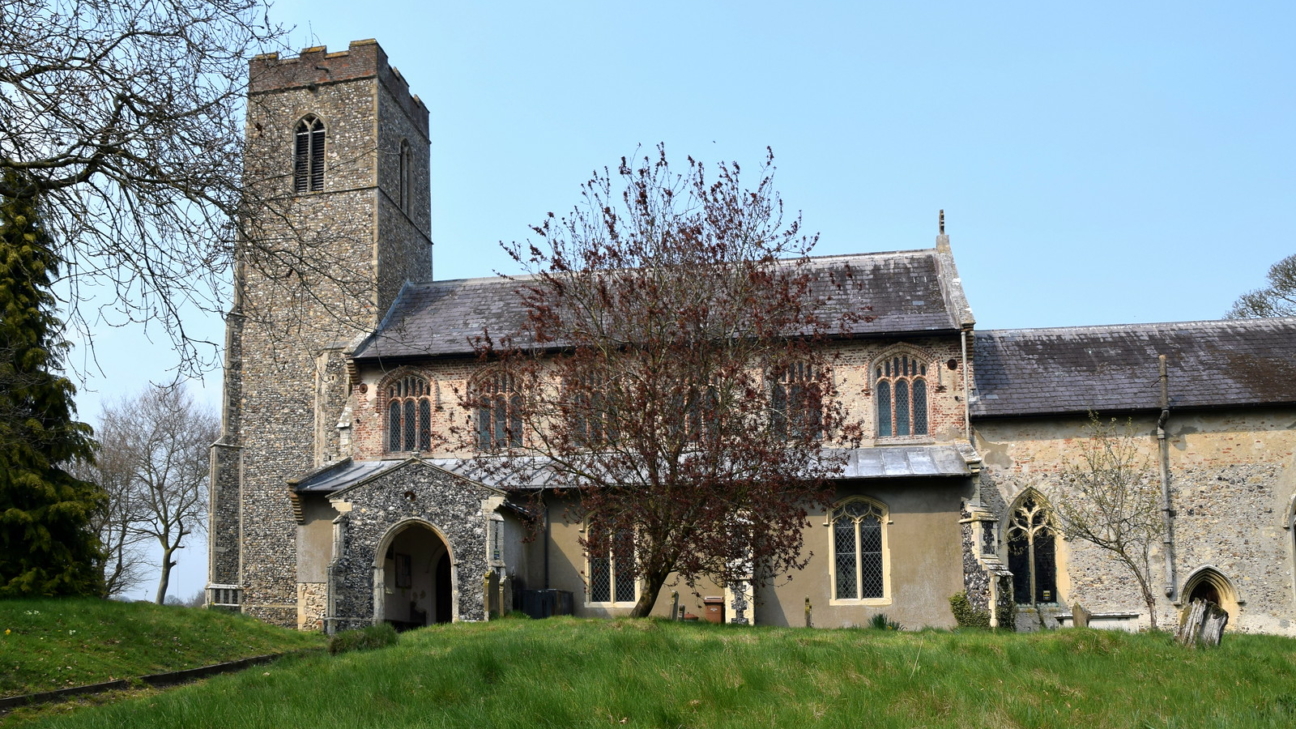

Heveningham History and Archaeology.
Prehistoric. No recorded finds for Heveningham although there have been worked flints found at Heveningham House and there are several neolithic finds from the neighbouring parish of the Ubbeston.
Roman. Roman finds from Heveningham include coins and pottery, some of which is high status Samian ware. White House Lodges is situated on A Roman road. The Roman road dates from the military campaigns of the 1st century. In this part of Suffolk the Boudiccan revolt c.60 AD probably influenced the construction of the road which has since remained in use.
Saxon. Heveningham is a Saxon place name translated to ‘the homestead oh Hefin’s people. At the time of the Norman conquest the manor was in the possession of a Saxon called Stanuin.
Medieval. Heveningham is recorded in the Domesday book as Heveniggeham. It was the possession of Sir Roger Bigod, a prominent Norman baron who held from King William large parts of Suffolk. It was farmed by a Saxon called Ulfketel. By the 13th century it is the Property of the De Heveninghams who remain lords of the manor until the late 18th century.
The Church. The church at Heveningham is dedicated to St. Margaret. The present building dates from the 13th century. The brick windows on the nave are Tudor whilst the porch is 17th century. Inside the church there is a wooden effigy thought to be a medieval knight called John de Heveningham who died in 1452. There is an ornate pew in the north chancel which was dedicated by the Vannecks at Heveningham Hall.
Post-Medieval. The post-medieval period in Heveningham has been Dominated by Heveningham Hall and its estate. The hall was built in 1777, from designs by Sir Robert Taylor and was built by James Wyatt. The grounds were landscaped by Capability Brown.


